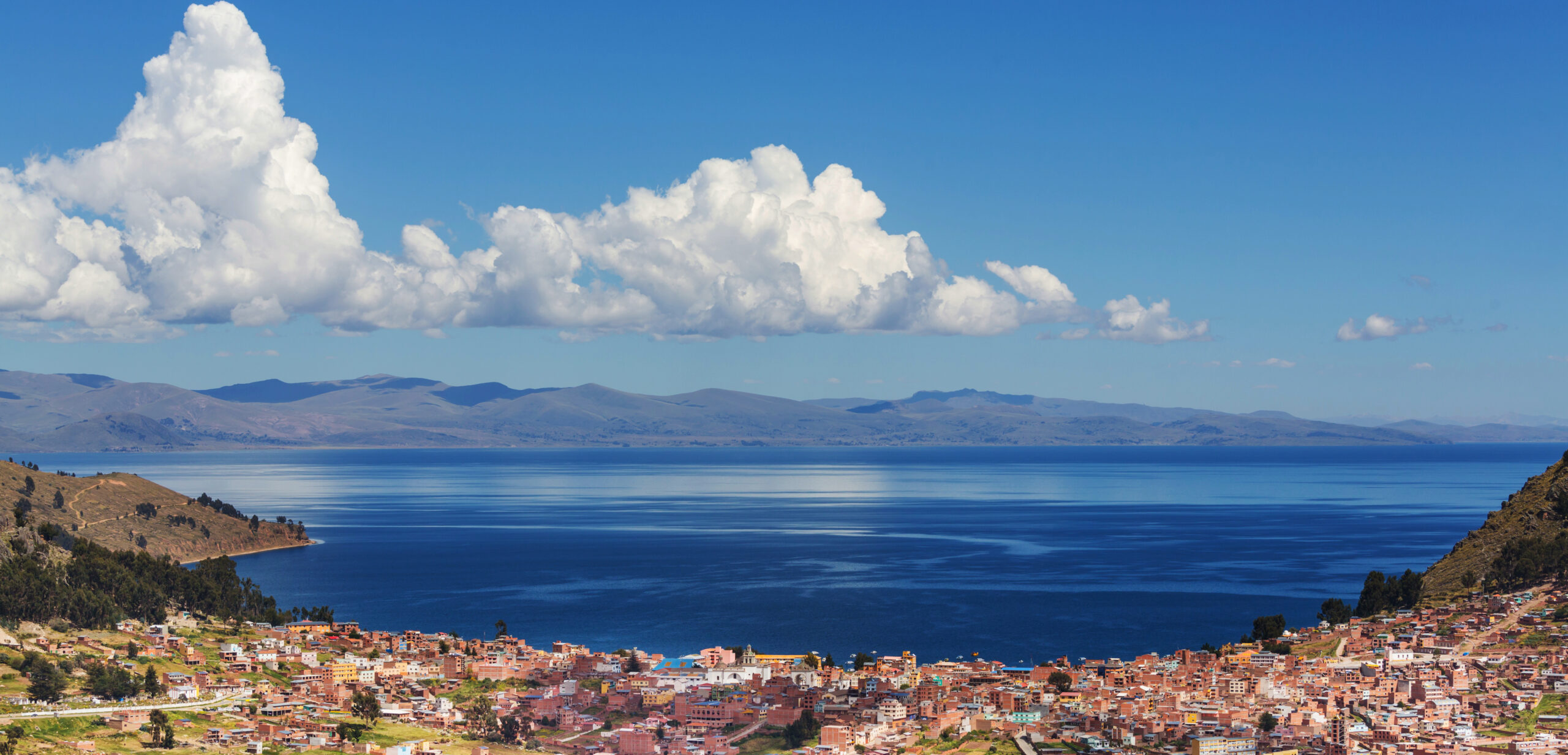If you are not well-aware of the geography of Bolivia, you might have an association of this country with beautiful beaches of Latin America. Unfortunately, this is a wrong vision of the country, which has not had access to the ocean for quite a long time. If you are willing to explore the geography of Bolivia and learn some curious facts about it, this article will provide you with necessary information.
Bordering countries
If you are wondering about the neighbouring countries of Bolivia, you should know it has even two borders with Brazil which is located to the East and North of this country. At the same time, it shares its southern border with Argentina while having Paraguay at its southeast.
Bolivia is landlocked
One of the saddest parts of the history of Bolivia was the War of the Pacific that took place between 1879 and 1884. The result of this war was truly frustrating to many Bolivians since the country lost its area located on the Pacific coast. Since then, the country has not had any territory on the coast, however, it has certain arrangements with other countries allowing Bolivians to get indirect access to the ocean.
Curiously, even though Bolivia does not have its own area on the ocean coasts, it is still the home to one of the most unique creatures in the world that are pink dolphins. Well, that is possible due to the fact the natural habitat of this animals is rivers rather than seas and oceans.
Lakes of Bolivia
By now, you should have already learnt about the fact Bolivia does not have any territory on the ocean coast. Yet, there are other waters in this country.
One of the most widely known lakes in the world is Lake Titicaca, however, despite the popularity of its name, many people are actually unaware of its location and have no idea what it is exactly that makes this lake so famous.
Well, as you can imagine, the lake is situated in Bolivia and, just like many other things in Bolivia, this lake is really high. In reality, it is the highest navigable lake in the world. The height of this lake is absolutely impressive standing at 3810 m. At the same time, this lake is second to the largest lake of Maracaibo in South America. The area of the surface of this lake is around 8300 sq km.
As you can guess, this actually makes Titicaca the largest Bolivian lake. When it comes to the second-largest lake in Bolivia, the story is rather sad. This lake located on the Andean plane at the height of 120000 ft above sea level was Lake Poopo. It was since the climate change made the entire lake dry up.

